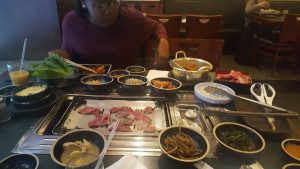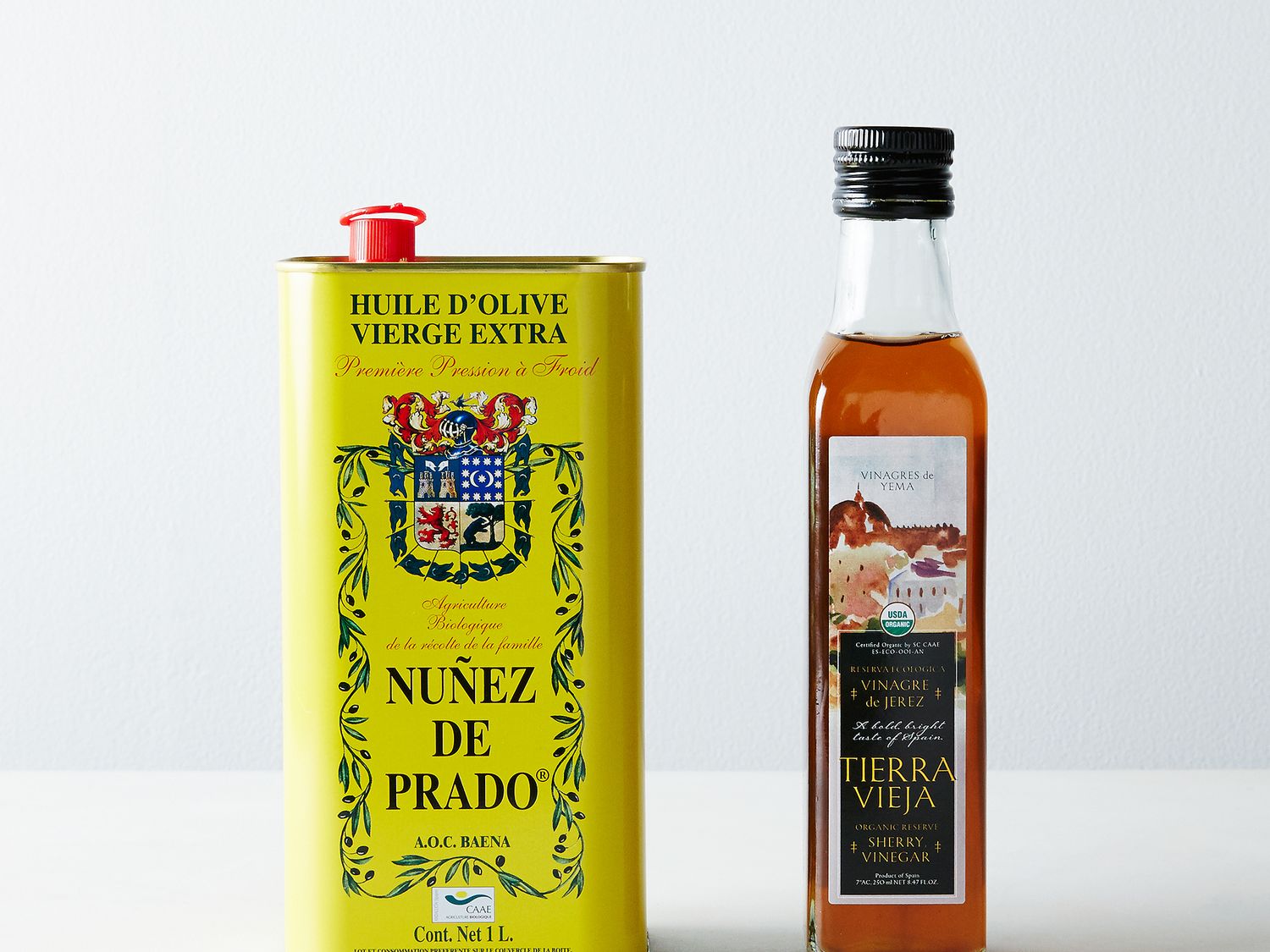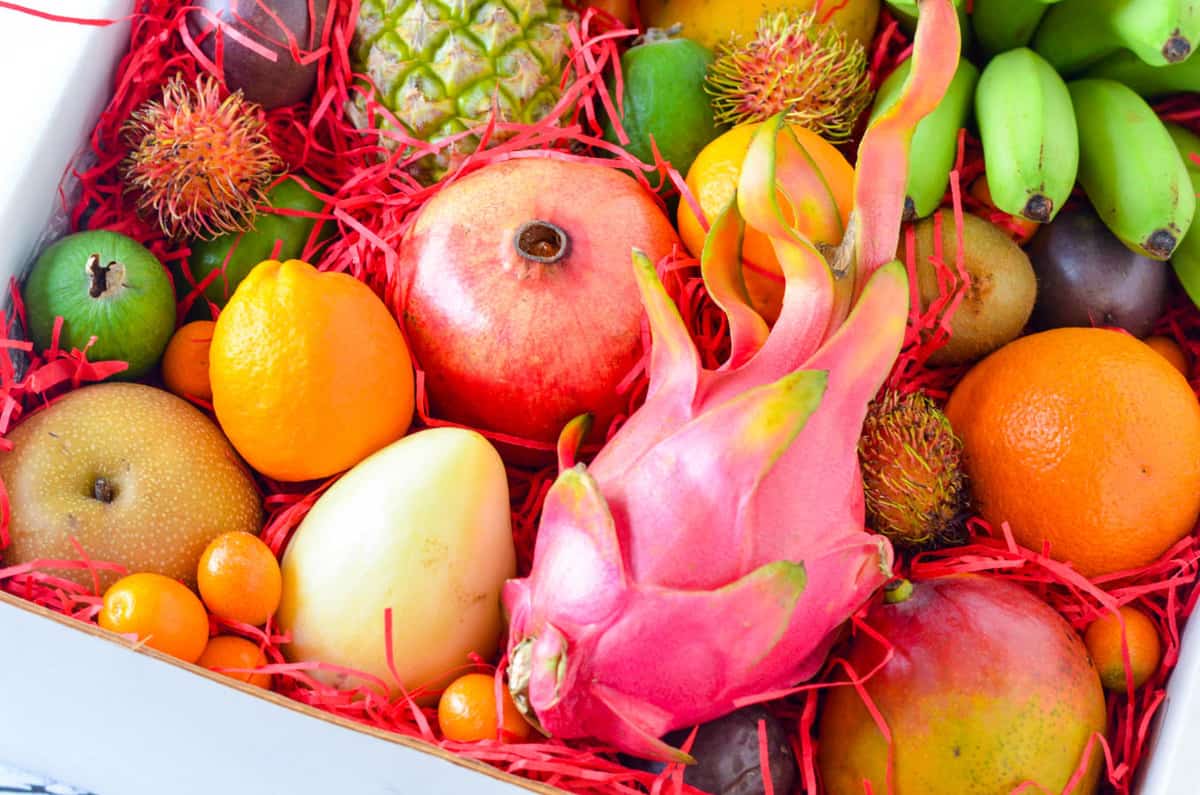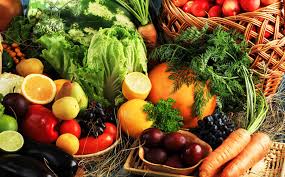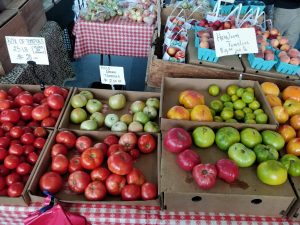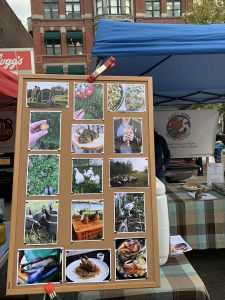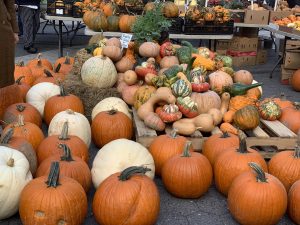When comparing industrial to food and beverage the word would be industry. The food and beverage industry has been expanding its role of opportunities for human life and health. The food and beverage industry is dedicated to processing raw material foods into forms that may be more easily distributed and sold to consumers.There are more than just a food and beverage industry there is Meat-processing industry, Diary industry, sugar industry, fruit and vegetable industry, baking industry, wine industry and many more. When working in a food a beverage business in 2018 its hard to keep up in the industry. i say this because you will have to keep up with the technology, changing customer needs, and acquisition stargtegies. The food an beverage industry is as old as humans themselves, however there weren’t any developments since the 19th century when Nicholas Appert invented canning and Louis Pasteur developed pasteurisation. Today, food and beverage processing and manufacturing is one of the largest employment industries in the United States, providing jobs for more than 1.5 million workers annually.The food, beverage and agriculture industry has experienced exceptional growth in recent years, and continues to expand rapidly. the pictures below show the amounts of food and beverages are being put together work wide. The food and beverage industry has become a major role today. Everyone eats and drinks in their daily life not only you do, think of all the other millions of people that do the same. what do you think about food and beverage industry, I will soon be making my own food and average menus.




